Injustice is at the heart of the climate crisis. Rich people in rich countries which historically have done most to cause climate change are best-placed to deal with its consequences. Nobody will be able to insulate themselves entirely, but many in the global elite are certainly trying. From gated communities to doomsday bunkers for the super-rich, entrenchment is the name of the game.
The people who have done least to cause climate disruption are also the most vulnerable to its consequences because most have no financial means to buffer themselves from increasingly violent weather. At every turn, the poor and the marginalised will be hit hardest. More often than not, they will be people of colour living in the Global South.
If we’re going to stop this, we don’t just need to fight for equality and social justice, as my colleague Eric Holthaus has argued. We also need a clear-eyed view of what is coming at us – physically.
The transformation of the global climate that we’ve caused is truly all-encompassing. To trigger massive action in every part of society, we need to keep reminding each other that climate change is truly dangerous – and that delay is not an option.
Here’s an overview of what’s happening to our climate, and the consequences.
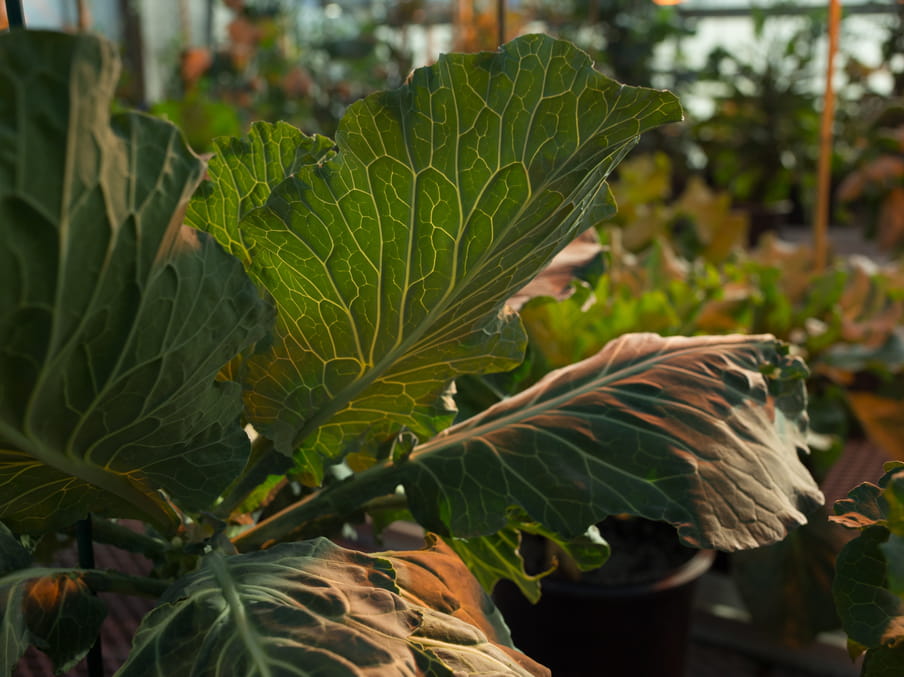
1. Extreme heat
Since records began in 1880, the five hottest years worldwide have been the past five (2015–2019). 2020 is now on course to be the hottest year yet. And since 1980, every decade has been warmer than the previous one.
All seasons are now warmer than they used to be. The three coldest summers in the northern hemisphere occurred in 1904, 1903 and 1913 (in that order). And the coldest winters? They were in 1893, 1911 and 1917.
It’s no coincidence that the years within these sequences are so close together: warming is the trend.
We often don’t even notice the changes in the weather. For each generation, the climate feels "normal". Instead of measuring this year’s seasonal temperatures against a set historical period, we’re inclined to compare them to last year’s, or at most to memories of childhood summers and winters. So we can easily fail to notice the trend that weather stations around the world are recording so clearly.
We often don’t even notice the changes in the weather. For each generation, the climate feels ‘normal’
Across the world heatwaves are happening more often. They last longer and are hotter too. This has numerous adverse knock-on effects. Although nice warm weather is wonderful, we sleep less well when it’s too hot, we grow more irritable faster, and we’re also less productive at work. People labouring outside have to take more frequent breaks. Healthcare costs rise, because on hot days air pollution can become trapped in cities causing more people to experience breathing difficulties.
In the long term, more heat can also result in mosquitoes that spread malaria and dengue fever extending their habitat, thus potentially spreading diseases far beyond the tropics: in the event of unbridled warming, a billion more people could contract malaria and dengue fever by 2080.
If the heat isn’t too extreme, most people will be able to handle it. Those who are most at risk, such as the elderly and the infirm, can remain inside and switch on the air-conditioning (which, incidentally, will raise outdoor temperatures even further – that’s where the indoor heat is dumped).
But if the mercury rises too much, combined with an increase in humidity, all those who venture out become vulnerable to the heat. We can only expel body heat by sweating. When the humidity is too high, that’s no longer possible – our sweat doesn’t evaporate. By 2100, three-quarters of the world’s population would be exposed to oppressive, muggy heat for some 20 days a year. In those conditions, "anyone could be at risk of heat-related illness or even death".
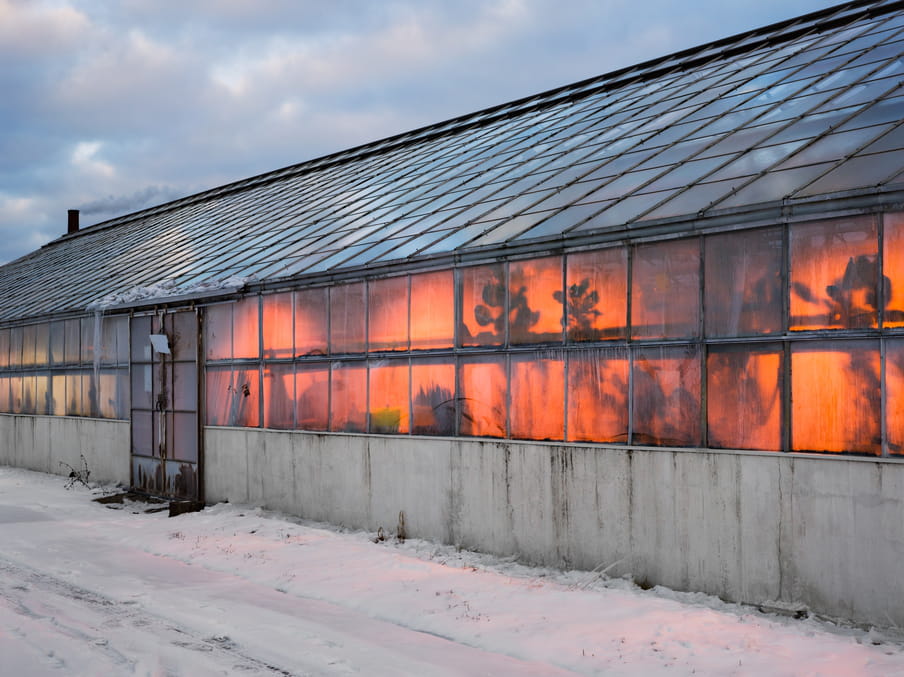
2. Floods and droughts
One of the most significant consequences of global warming is that water moves very differently around the planet. A warmer climate will see more water evaporate and more rain fall. The result: an upsurge in both the number of droughts and the number of extreme downpours.
The UK serves as a good illustration here – its climate is becoming (even) wetter. In the past decade, UK summers have been 13% wetter compared to the average for 1961–90. Rainfall during winter is up 12%, meaning that extended periods of extreme winter rainfall are now seven times more likely. And the amount of rain that falls on extremely wet days has increased by a staggering 17%.
You can blame climate change for that, because warm air can hold more water vapour than cold air – an extra 7% for each additional degree of heat. More water in the air means more precipitation when it rains. And when torrential rainfall and severe weather happen more frequently, the chance of flooding increases.
Alongside these wet conditions in one location – or in one season – we find drought in another. When the Earth’s surface is warmer, water evaporates faster – just as wet clothes dry quicker in the sun. In hot regions and during dry seasons, drought will intensify if the temperature continues to rise. Areas that are already seeing very little rain, such as sub-Saharan Africa, will almost certainly get even less. This could result in fresh-water shortages for millions of people – in fact, in many places it already does.
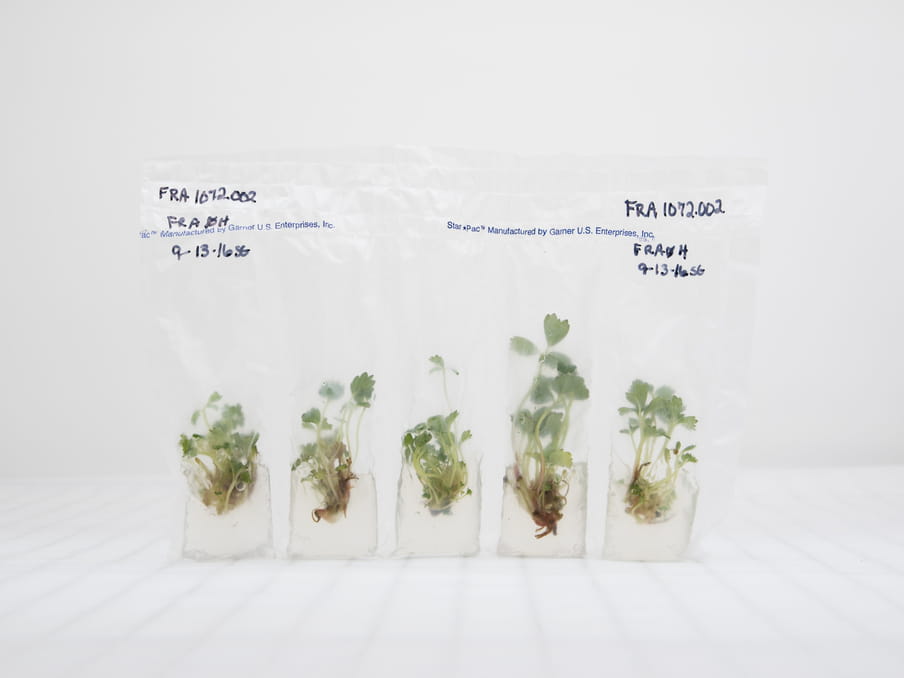
3. Hot seas
Like the weather, the seas are undergoing a metamorphosis, in part because they absorb much of the CO2 we emit and become more acidic as a result. In turn, this impacts the ability of shellfish such as prawns and oysters to grow their shells. Their numbers are likely to fall in the future.
The seawater is also warming up year-on-year – 2019 was the warmest year for the world’s oceans since modern records began. In recent decades, more than 90% of the extra heat that’s trapped in the atmosphere as a result of our emissions has been absorbed by the oceans. By doing so the seas are providing a wonderful service: they mitigate the effects of our emissions. But warmer seawater has several downsides.
Firstly, tropical coral reefs are dying due to higher seawater temperatures. These corals are the most colourful, most complex and most efficient ecosystems the earth has ever known. Although found on only 0.1% of the seabed, they form the breeding ground and nutrition for a quarter (!) of all marine creatures. Hundreds of millions of people depend on the fish sustained by tropical coral reefs, but due to our emissions there’s a very real risk that these reefs will disappear completely within the next 100 years.
Warmer seawater also means that hurricanes and typhoons are now more destructive than ever, as they derive their devastating force from the sea – for a storm, warmer water means more available energy. This is also where the extra water vapour in the hot air I mentioned earlier kicks in: at higher temperatures, storms cause more rainfall, thus fuelling the risk of flooding. If we continue to emit greenhouse gases at our current level, storms will be causing much more damage in the centuries to come.
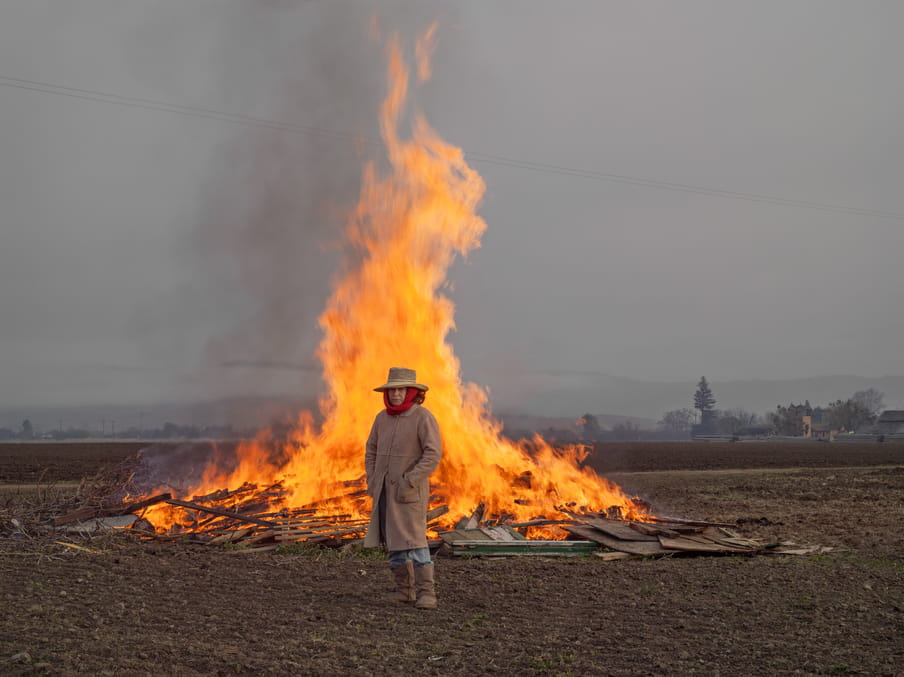
4. Disappearing land
The best-known consequence of global warming is the rise in sea level. When seawater warms up, it expands. This is the first explanation for the fact that sea levels globally have risen by an average of 16cm since 1900.
The other explanation for the sea-level rise is melting ice sheets. Due to the higher temperatures, glaciers are retreating almost all over the world while the ice caps in Antarctica and Greenland are melting at a brutal rate.
The rate at which Antarctica is losing ice has more than tripled over the past 15 years. The Antarctic is now suffering a net loss of more than 200bn tonnes of ice per year – the equivalent of 200,000 Olympic swimming pools a day. Because some of this ice once covered land, water levels rise when it ends up in the sea.
Unless we curb emissions, sea levels are expected to rise by 0.6 to 1.1 metres by 2100, according to the latest IPCC report on the topic. But it’s very uncertain how fast Antarctica will melt. A rise of 2 metres this century "cannot be ruled out", the IPCC notes.
That’s excruciatingly bad news for the 65 million people who inhabit low-lying island states – at some point in the coming centuries, their homes will be swallowed by the sea.
Together, Antarctica and Greenland have enough ice for a 65-metre rise in sea level. But there’s no need to get your inflatable ready just yet: it’s expected to take at least 10,000 years for all of this ice to disappear, if it happens at all. Ten millennia – that’s a timespan that borders on the unimaginable.
Somewhat easier to get our heads round is the following estimate: if today’s warming trend continues, at least 25 countries stand to lose 10% of their surface area in the next two millennia. Hong Kong, Shanghai, Tokyo, Jakarta, Hanoi, Kolkata, Mumbai and New York – all of these metropolises are in the danger zone. If we fail to call a halt to our CO2 emissions, millions of people will have to relocate in the future.
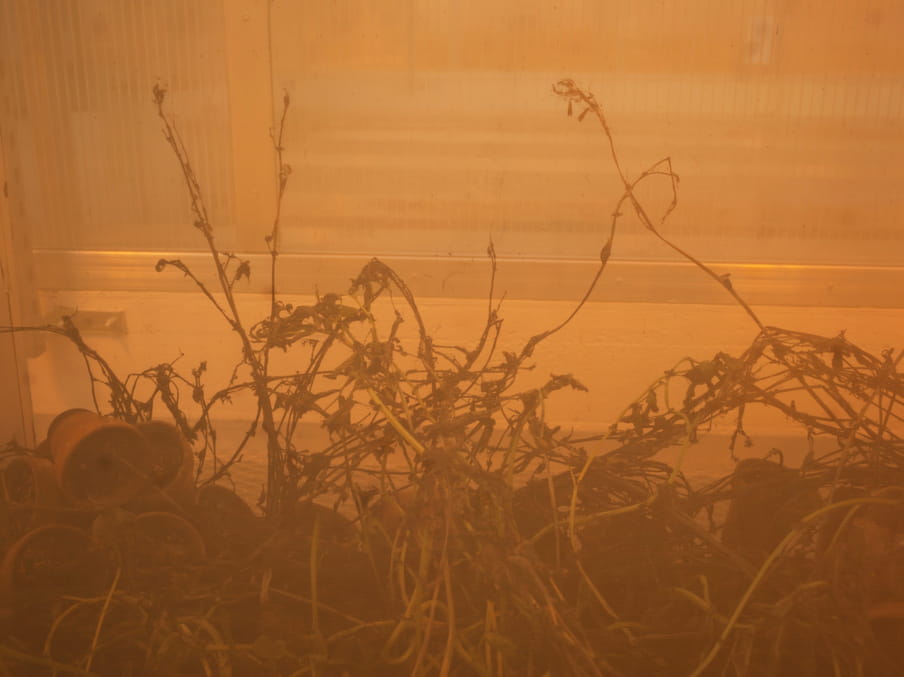
5. Crop failures
If there’s one sector that’s ill-prepared to deal with the consequences of global warming, it’s agriculture.
Like us, our main food crops – wheat, maize and rice – are used to the relatively stable climate we’ve enjoyed for the past 10,000 years. But at higher temperatures – and especially during heatwaves – yields diminish. That’s why European farmers struggled so badly during the summer of 2018, the hottest on the continent in over a century.
Likewise, the "granaries" of the world can no longer pretend it’s not happening: each degree of local warming reduces China’s wheat harvest by three to 10%. The reason is simple: the wheat plant grows poorly when it’s too hot.
It’s tempting to think that gradually reducing emissions is enough, but there will come a point when a warmer earth starts following its own rules, not ours
But it’s not just higher temperatures that are affecting agriculture. There are four more major warming-related culprits. The first is the increase in extreme rainfall, which raises the chance of crop failure and leads to the erosion of fertile soil. The second is rising sea-levels, which cause the salination of groundwater and the flooding of arable land. The third culprit is an increase in cases of drought and a greater chance of wildfires that threaten crops. Finally, higher CO2 concentrations in the air reduce crops’ ability to absorb nutrients from the soil, as plants use CO2 to produce more sugar at the expense of said nutrients. One-and-a-half billion people suffer from nutrient deficiencies.
These consequences of warming are particularly problematic when they all happen at once, as they did in Russia in 2010. That year drought, heatwaves and forest fires caused a third of the country’s wheat harvest to fail. It led to a doubling of the wheat price on the world market.

6. Dangerous cocktails
Of course, there’s a lot we don’t know yet. It’s possible that we’ll develop crops that are much more heat and drought resistant than we now think possible. But the chances of unpleasant surprises won’t simply disappear, because the effects of warming and other man-made impacts on the environment interlock and form dangerous cocktails.
Look at what happened in Mozambique in March 2019. Cyclone Idai brought widespread devastation: hundreds of casualties, tens of thousands of buildings destroyed, hundreds of thousands of people left homeless and extreme rainfall that caused large-scale flooding and the destruction of more than half a million hectares of agricultural land.
This is exactly the sort of disruption that comes with a warmer climate – and in turn triggers other problems. Two weeks after the storm, the World Health Organization warned of a second disaster: more and more cases of cholera were being reported, and an increase in malaria was anticipated. Assistance to HIV patients had been disrupted.
It was a textbook example of a dangerous chain reaction on an ever hotter earth. While it can’t be fully attributed to global warming, it can’t be seen in isolation from it either: climate change compounds the risk of such disasters. In the aftermath of a catastrophe like this, the damage can be limited via emergency aid and vaccination campaigns, but humanitarian aid can never eliminate all of the suffering.
Three weeks after the disaster in Mozambique, three million people in the affected region, of whom 1.5 million were children, were in urgent need of healthcare, clean drinking water and sanitation. Just three weeks later, the north of the country was hit by Cyclone Kenneth, one of the most powerful storms to make landfall on mainland Africa. Months on, at least 75,000 people remained displaced, while 1.6 million relied on food aid for survival.
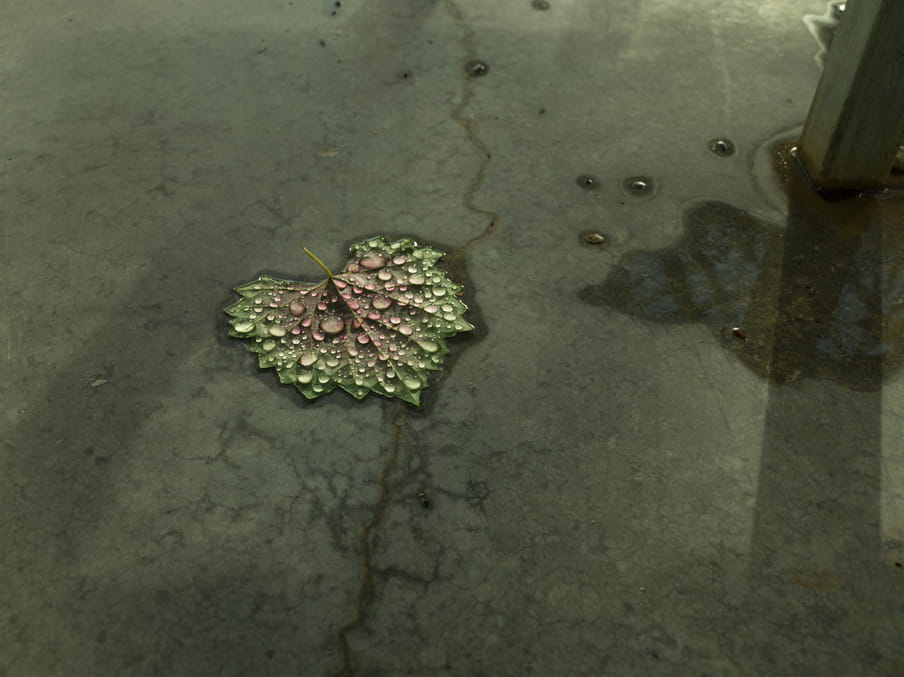
7. Tipping points and the dangers of a hothouse earth
I’m not writing all this to send you spiralling into depression, but to present you with a clear picture of the situation: how the Earth we live on is changing, and how it’s going to affect us.
It’s tempting to think that gradually reducing emissions is enough, that the climate will calm down if we do. That all’s well that ends well.
But the problem is that there will come a point when a warmer Earth starts following its own rules, not ours. A hotter planet can take over from us, can make itself even hotter.
There will come a point when a warmer Earth starts following its own rules, not ours
The way global warming reinforces itself is plain to see in the Arctic. At least two thirds of the area’s sea ice has disappeared in recent decades. More and more of the white surface of the ice has been replaced by dark seawater, which reflects less sunlight and converts more of it into heat – just like a black shirt is warmer than a white shirt in the sun. It means that warming in the Arctic intensifies as more ice disappears. The consequence: the Arctic has warmed two to three times faster than the global average.
The fact that warming can reinforce itself is something that the first climate scientists in the late nineteenth century already figured out. So the existing climate models take into account that a less white globe will warm up faster. But nobody knows exactly how fast the ice in the Arctic will disappear – estimates are all we have. And climate change can reinforce itself in many other ways, none of them easy to predict.
Look at the permafrost, for example, the permanently frozen ice on the tundra around the Arctic. It stores the greenhouse gas methane, together with plant litter and other organic matter that bacteria convert into CO2 when the ice melts. The rule of thumb is: more heat equals more melted permafrost equals more greenhouse gas emissions.
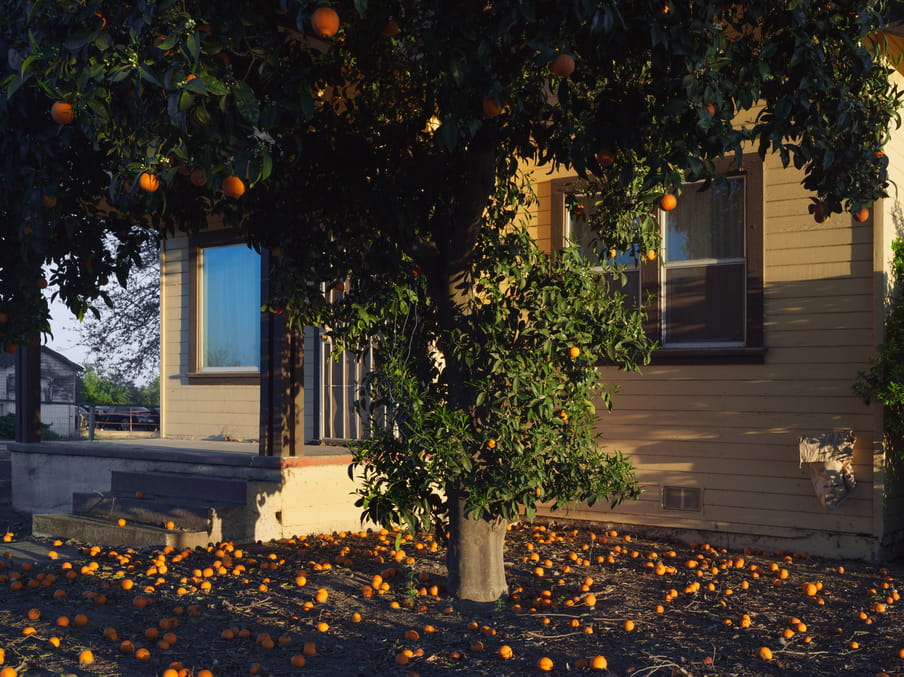
Above the Arctic Circle in Alaska, meltwater lakes have formed, from which CO2 and methane are bubbling up. Luckily, current emissions there are partially compensated for by new plants, which can grow where the ice disappears.
But there’s a tipping point, after which the thawed permafrost will send more greenhouse gases into the air than the new plants are able to absorb. Passing that point will be disastrous, because the permafrost contains a total of 1.5bn tonnes of carbon, more than twice as much as there currently is in the atmosphere.
The problem is that nobody knows where the tipping point is.
Once we’ve crossed a tipping point there’s no going back. Try as you might, you can’t put methane back into the permafrost
Scientists do know that nearly all natural systems have such tipping points. A rainforest that’s drying out because of heat, for example, will eventually turn into a savannah – which retains much less CO2. And when a forest goes up in flames, it will release all the CO2 it has stored for decades in one terrifying burst. In just four months at the end of 2019, Australia’s blistering bushfires released as much carbon as the UK economy in one entire year. New trees can capture those emissions again, but it takes between 10 and 100 years before they reach their former size – and with it the same carbon storage capacity.
Picture yourself in a canoe. You can sway back and forth. You can tilt a little to one side and bounce back. But if you do it again and go a little too far this time, gravity will take over and your canoe will overturn. You’ll go from one stable state – safe in your boat – to another: upside down in the water.
We won’t be crossing these tipping points in natural systems overnight, and certainly not all at once. And some we may never cross. But the reason I dwell on them is that once we’ve crossed one there’s no going back. Try as you might, but you can’t put methane back into the permafrost. Unless we have another ice age, which at today’s CO2 concentration levels would be in 100,000 years at the earliest. And it’s not as if we’re waiting for that to happen.
Although irreversible, tipping points play only a marginal role in the climate debate. The IPCC warns of “large-scale irreversible events”, but because these processes are so hard to predict they’re not incorporated into the climate models on which our politicians base their policies.
And that is dangerous. If we continue on our current path, billions of people will witness what happens when you give nature a push, and another push, and another.
In that case we could, as a research group put it in 2018, end up on a Hothouse Earth: an Earth that’s “uncontrollable and dangerous” and "inhospitable to current human societies and to many other contemporary species".
The history of our planet has known five extinction events, during which a huge percentage of all life on earth was eradicated. We all know the cause of one of those mass extinctions: the meteorite that killed off the dinosaurs. The other four didn’t happen in a flash, but played out over a period of thousands of years.
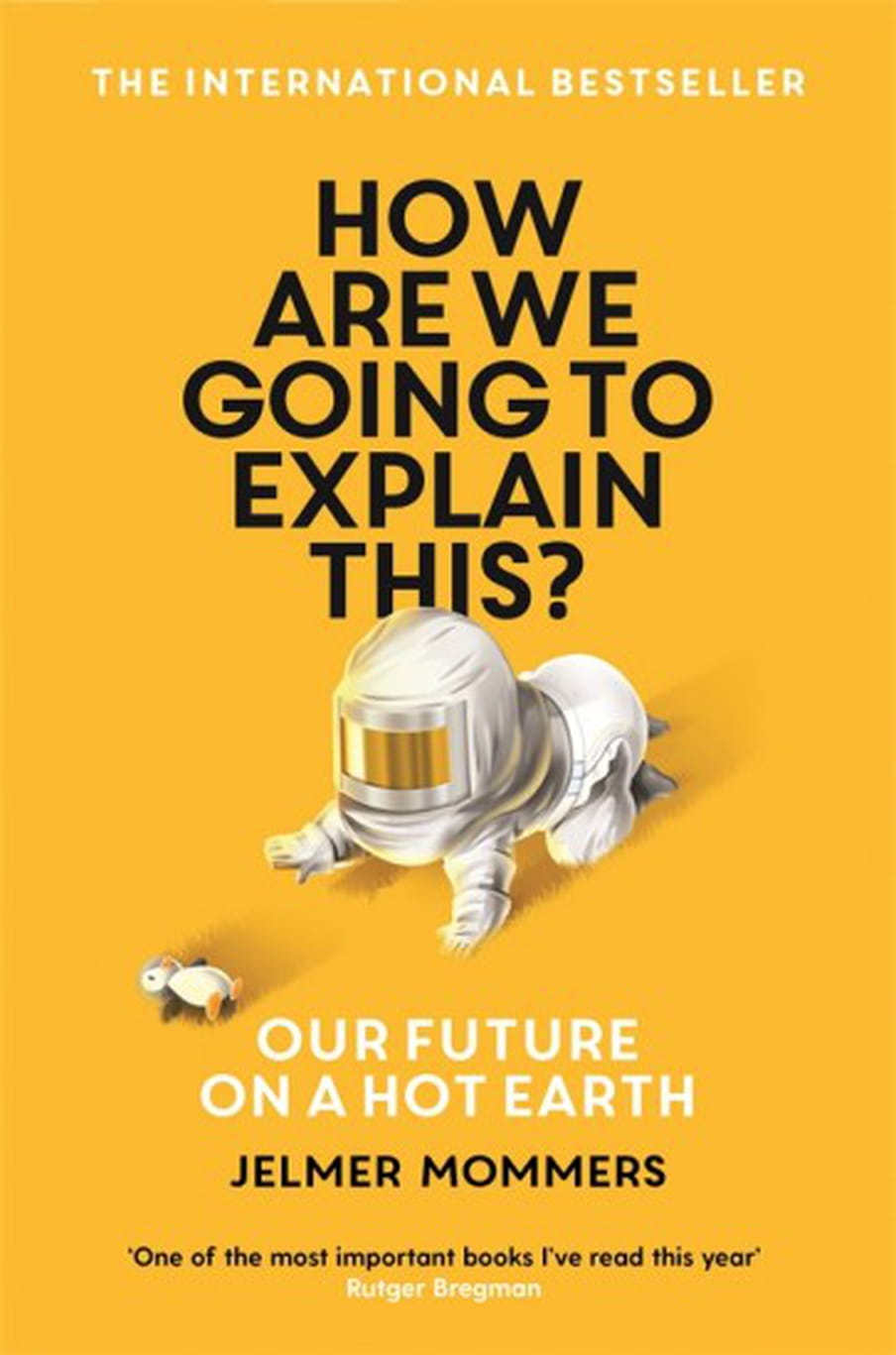
They were caused by climate change.
You can read more about our future on a hot earth in my book How Are We Going To Explain This?, available from Profile Books (UK) on July 2nd and from Scribner (US) in November
Translated from the Dutch by Laura Vroomen and Anna Asbury
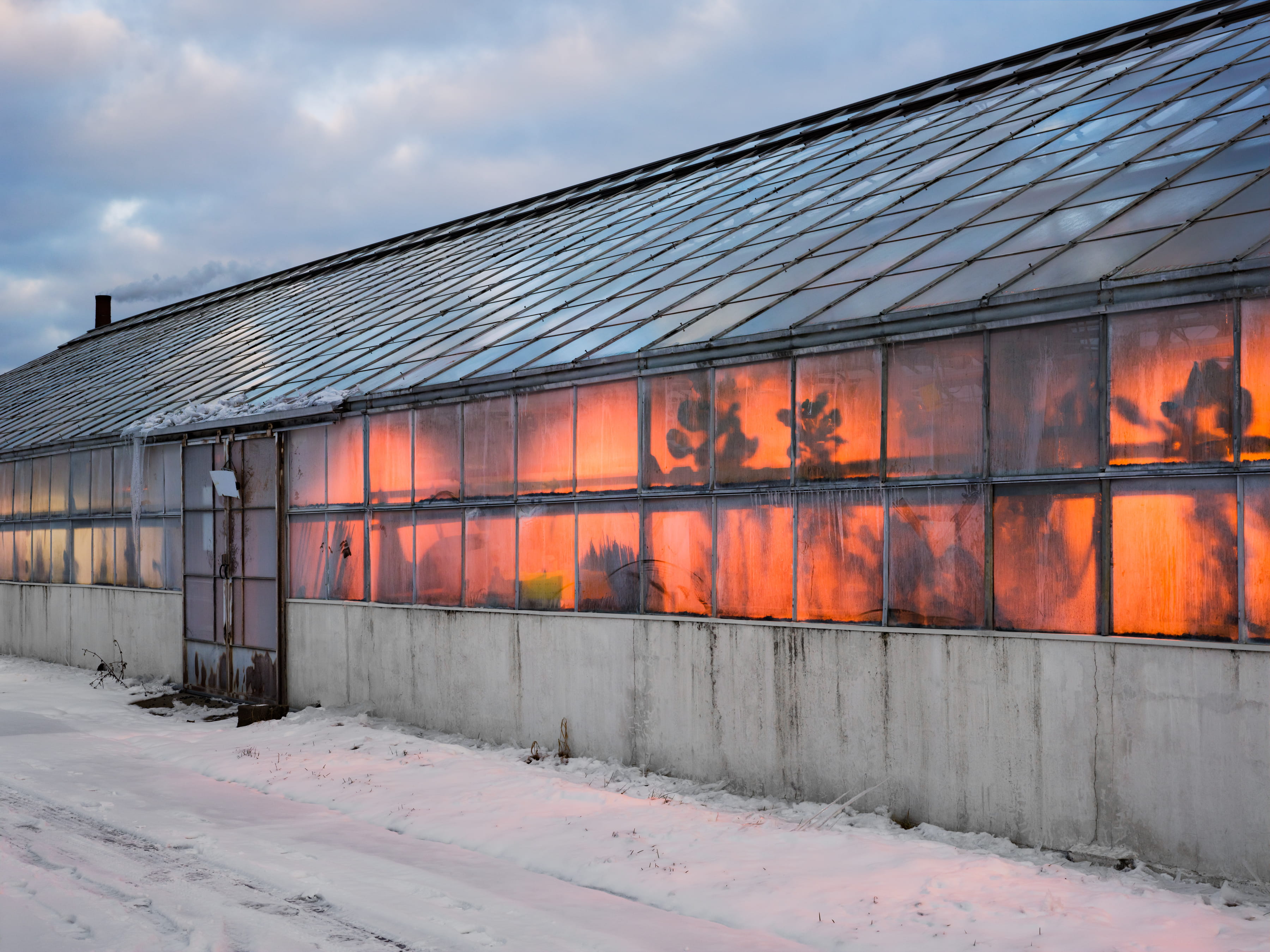 About the images
Moisture-resistant peppers. Disease-resistant grapes. Rot-resistant raspberries. Slowly but surely, with new crop varieties we’re preparing to withstand more extreme weather conditions. In his travels for his latest book, Human Nature, photographer Lucas Foglia visited the sites of agricultural experiments in the US where scientists are cultivating climate-proof crops. Researchers at these living labs cross-breed domesticated crops with their wild ancestors, aiming to grow super-species that are less vulnerable to drought, heatwaves or frost.
About the images
Moisture-resistant peppers. Disease-resistant grapes. Rot-resistant raspberries. Slowly but surely, with new crop varieties we’re preparing to withstand more extreme weather conditions. In his travels for his latest book, Human Nature, photographer Lucas Foglia visited the sites of agricultural experiments in the US where scientists are cultivating climate-proof crops. Researchers at these living labs cross-breed domesticated crops with their wild ancestors, aiming to grow super-species that are less vulnerable to drought, heatwaves or frost.
Dig deeper
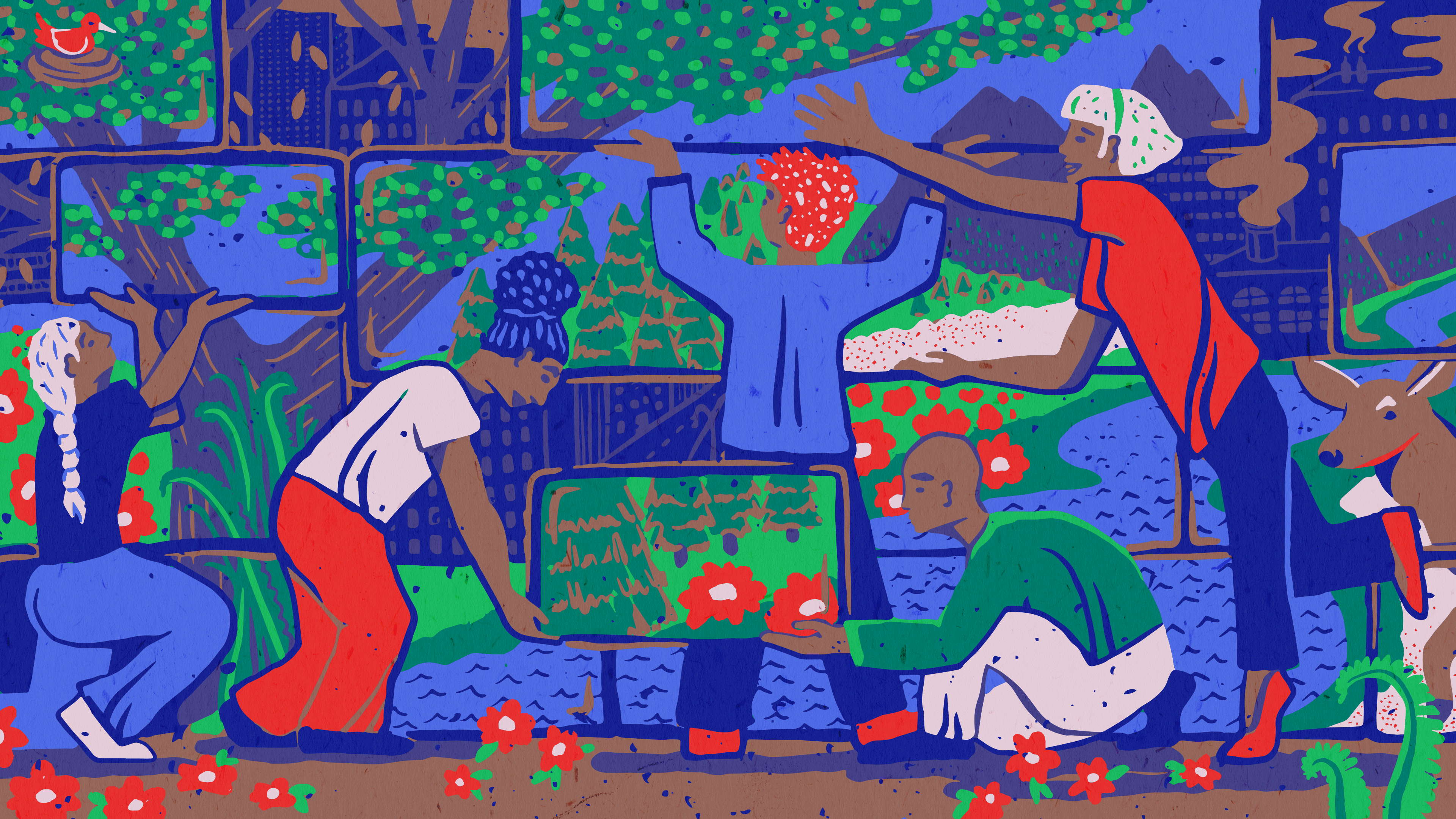 Protests? Check. Policies? Check. What the climate needs now is more democracy and perseverance
If we want the shift towards sustainability to be successful, we must use new democratic methods, be honest about the fact that we are never going to ‘solve’ climate change – then try to do it anyway.
Protests? Check. Policies? Check. What the climate needs now is more democracy and perseverance
If we want the shift towards sustainability to be successful, we must use new democratic methods, be honest about the fact that we are never going to ‘solve’ climate change – then try to do it anyway.
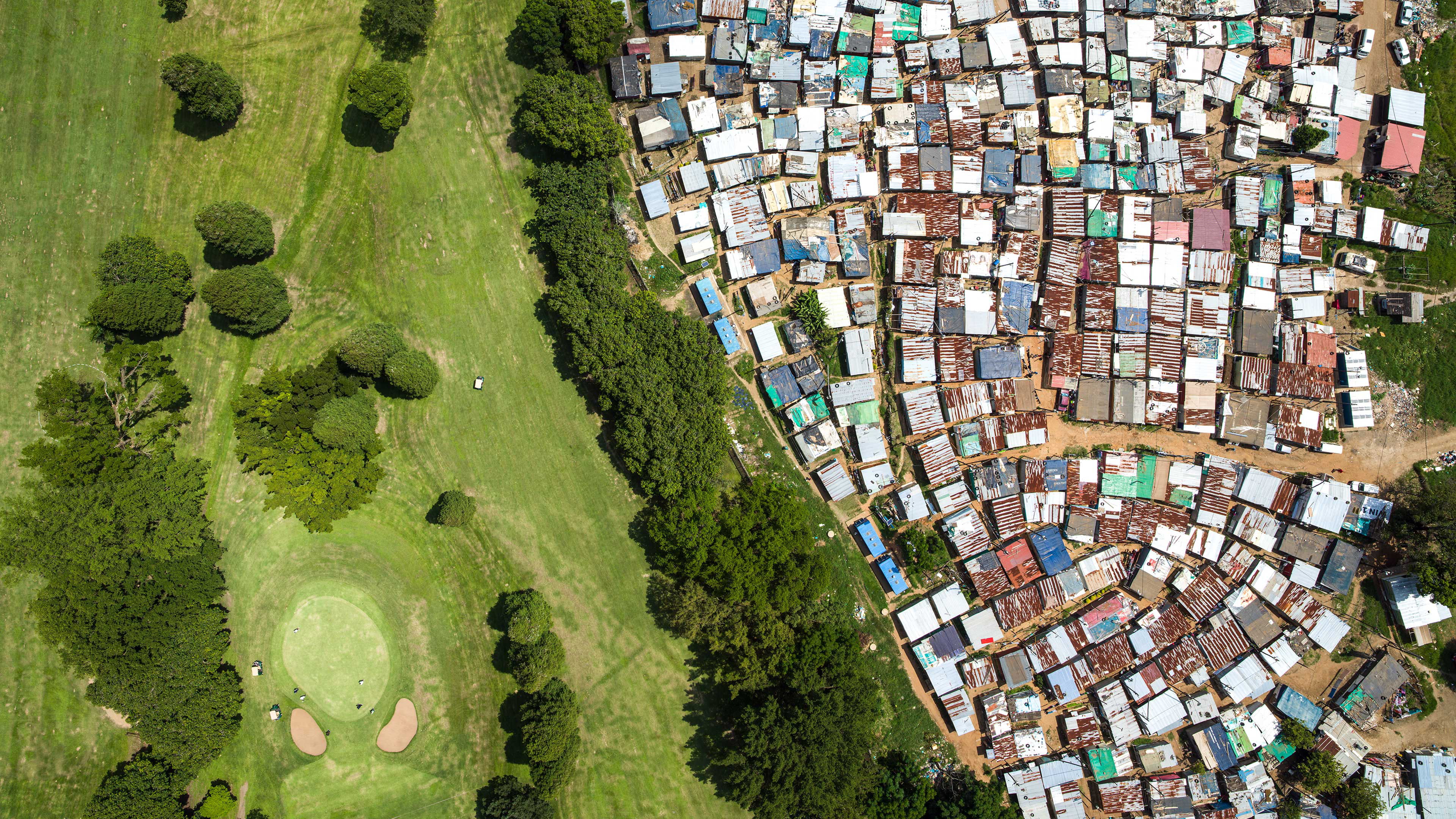 Why climate change is a civil rights battle
Climate disasters are not ‘natural’ – they’re human made. If we want to fight climate change, we first need to tackle inequality and racism.
Why climate change is a civil rights battle
Climate disasters are not ‘natural’ – they’re human made. If we want to fight climate change, we first need to tackle inequality and racism.


